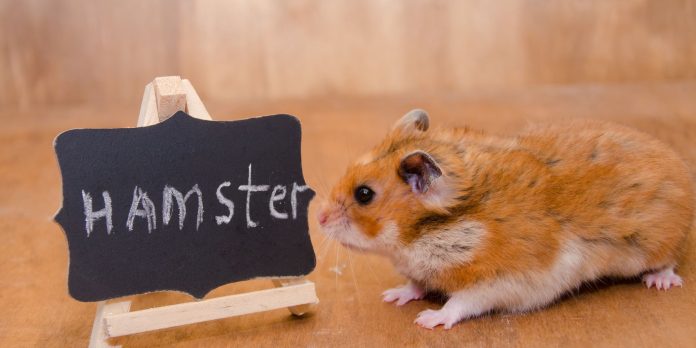Baby hamsters, also known as pups, have specific needs that differ from adult hamsters. They require extra care during their first few weeks of life to ensure proper growth and development. Understanding these needs is crucial for their survival and well-being.
Preparing for the Arrival of Baby Hamsters
Before the baby hamsters are born, prepare a comfortable and safe environment for the mother and her litter. The nesting area should be quiet, warm, and away from any disturbances. Provide ample nesting material like unscented tissue or paper for the mother to build a nest.
The First Days of Life
In the first days after birth, it’s important to minimize stress for the mother and babies. Avoid handling the pups and keep the cage in a quiet place. Disturbing the nest or stressing the mother can lead to negative outcomes, such as the mother neglecting or harming the pups.
Feeding Baby Hamsters
Initially, baby hamsters will feed on their mother’s milk. After about two weeks, they will begin to nibble on solid food. Provide soft foods, such as cooked vegetables or oatmeal, in addition to the regular hamster diet. Ensure fresh water is always available.
Monitoring Growth and Development
Keep an eye on the pups’ growth and development. They should start growing fur within a week and open their eyes around two weeks of age. Monitor for any signs of illness or failure to thrive, and consult a veterinarian if you have concerns.
The Weaning Process
Baby hamsters start weaning off their mother’s milk at about three to four weeks of age. This is when they transition to eating solid food entirely. During this time, make sure they have access to the same food as the mother, but in smaller, manageable pieces.
Handling and Socialization
Once the hamsters are about two weeks old and their eyes are open, you can begin gentle and brief handling to get them used to human contact. This should be done carefully to avoid injury and stress.
Separating the Hamsters
By the age of four to five weeks, baby hamsters should be separated from the mother and sorted by gender to prevent breeding and fighting. Each hamster will need its own cage or space in a large, appropriately divided cage.
Setting Up Individual Cages
When setting up cages for the young hamsters, each cage should mimic the environment they were used to. Include a comfortable bedding area, food and water dishes, a hiding place, and a small exercise wheel.
Health Checks and Veterinary Care
Regular health checks are important for baby hamsters. Look out for signs of illness like lethargy, lack of appetite, or diarrhea. Establishing care with a veterinarian experienced in small animals is advisable for any health concerns.
Conclusion
Caring for baby hamsters is a rewarding but challenging experience. It requires attention to detail, a commitment to providing a safe and nurturing environment, and a willingness to monitor their development closely. With proper care, these adorable pets will grow into healthy and happy adult hamsters.

















